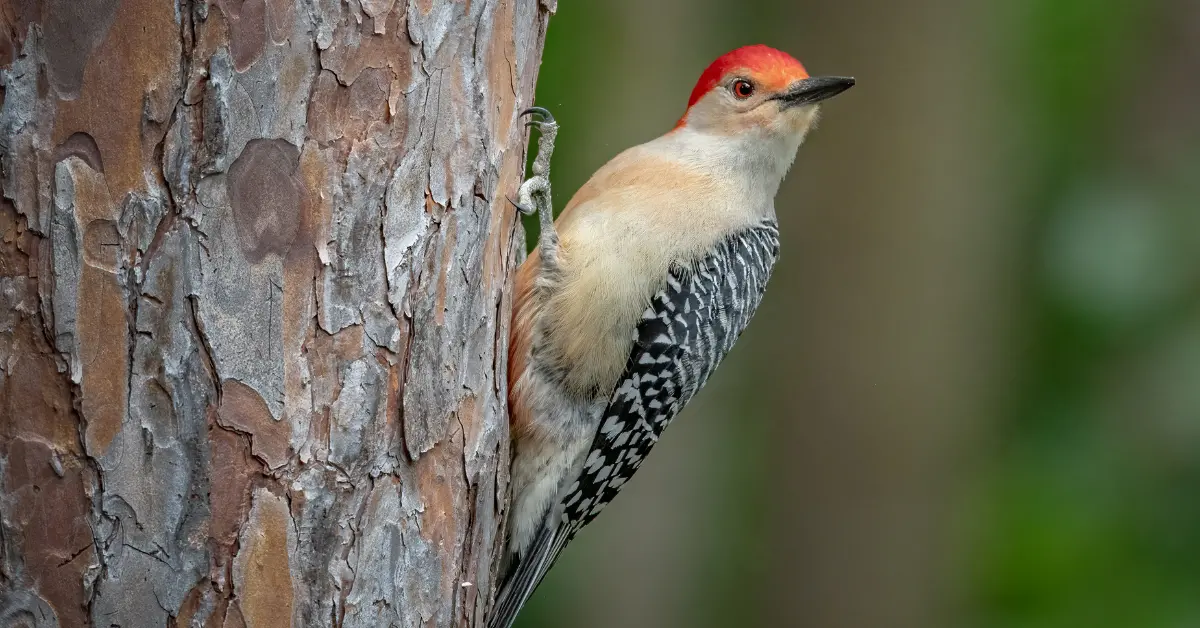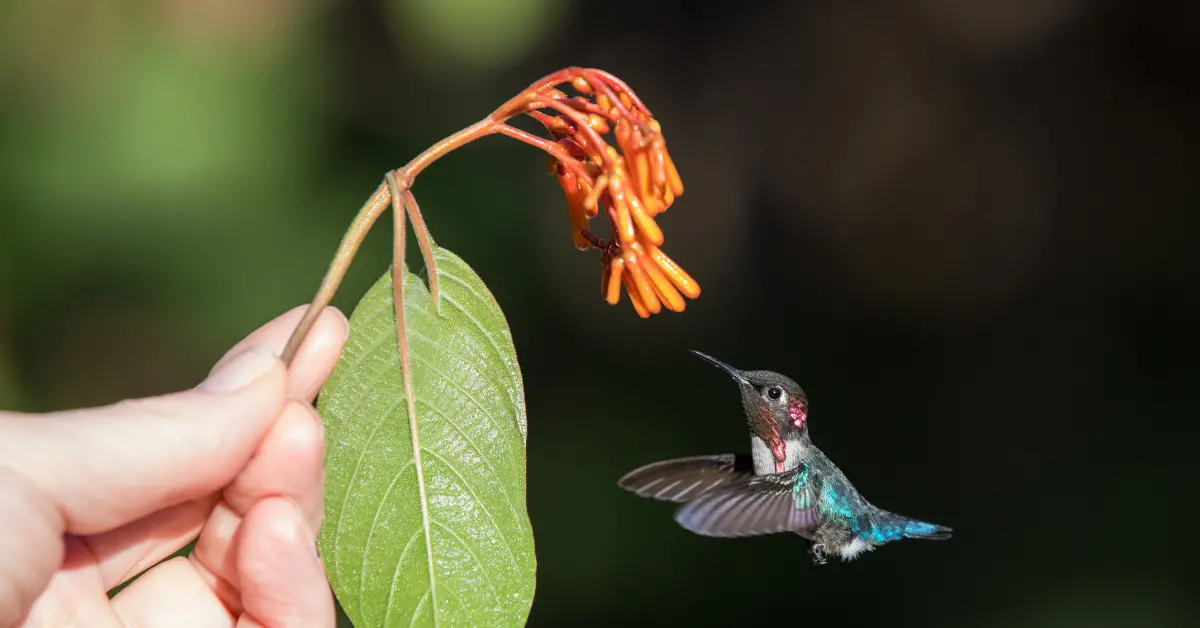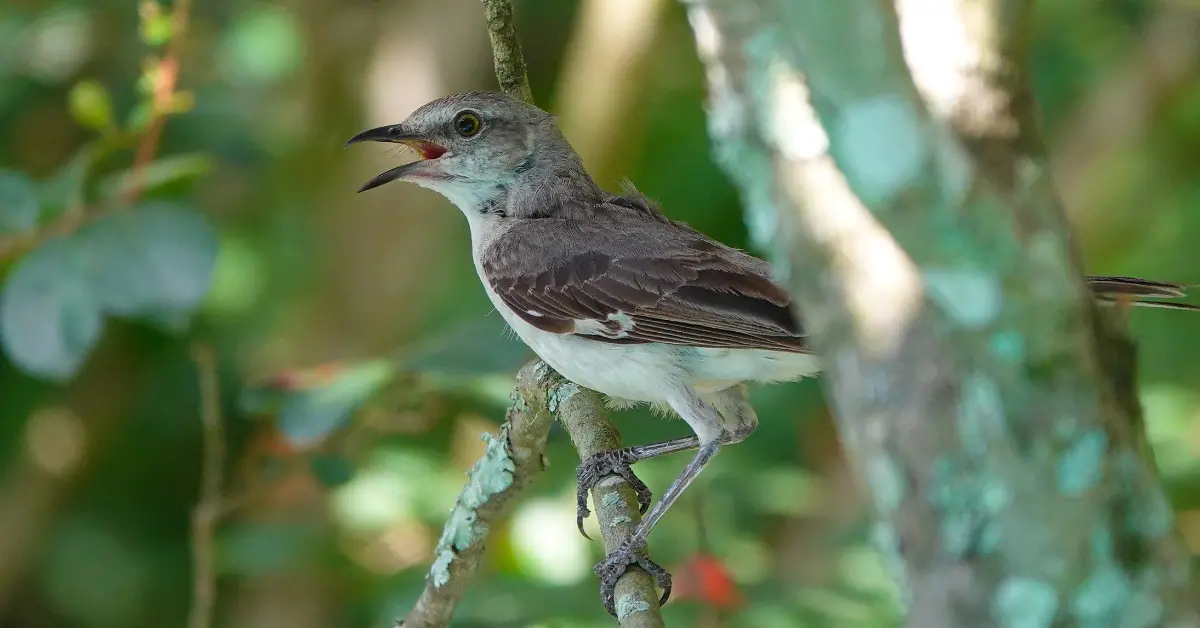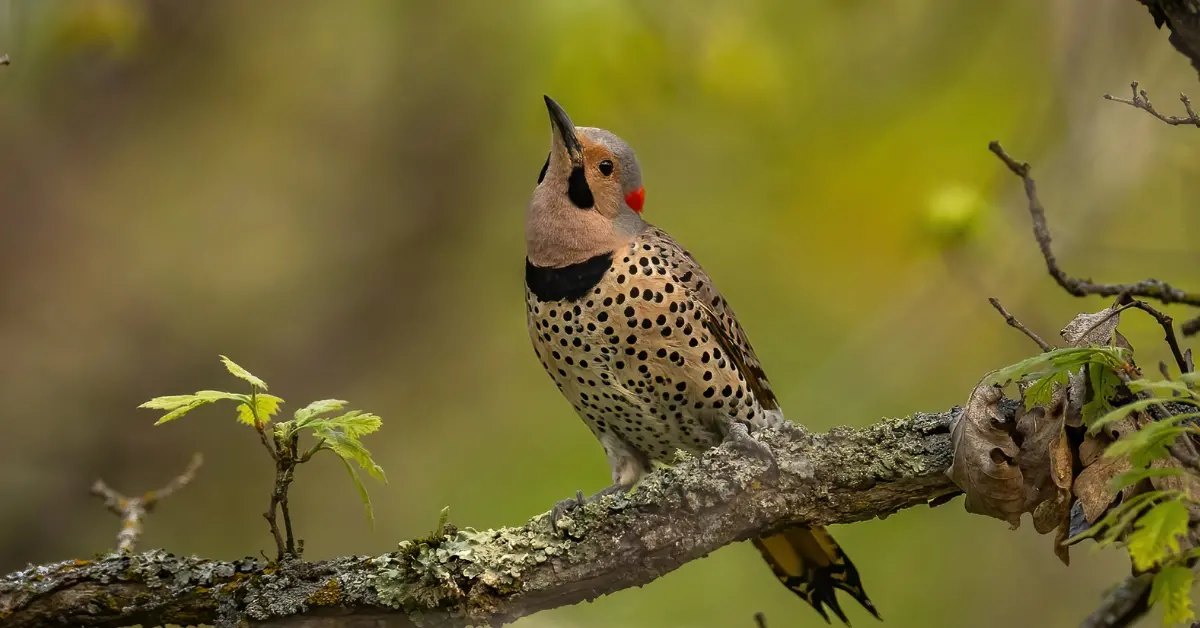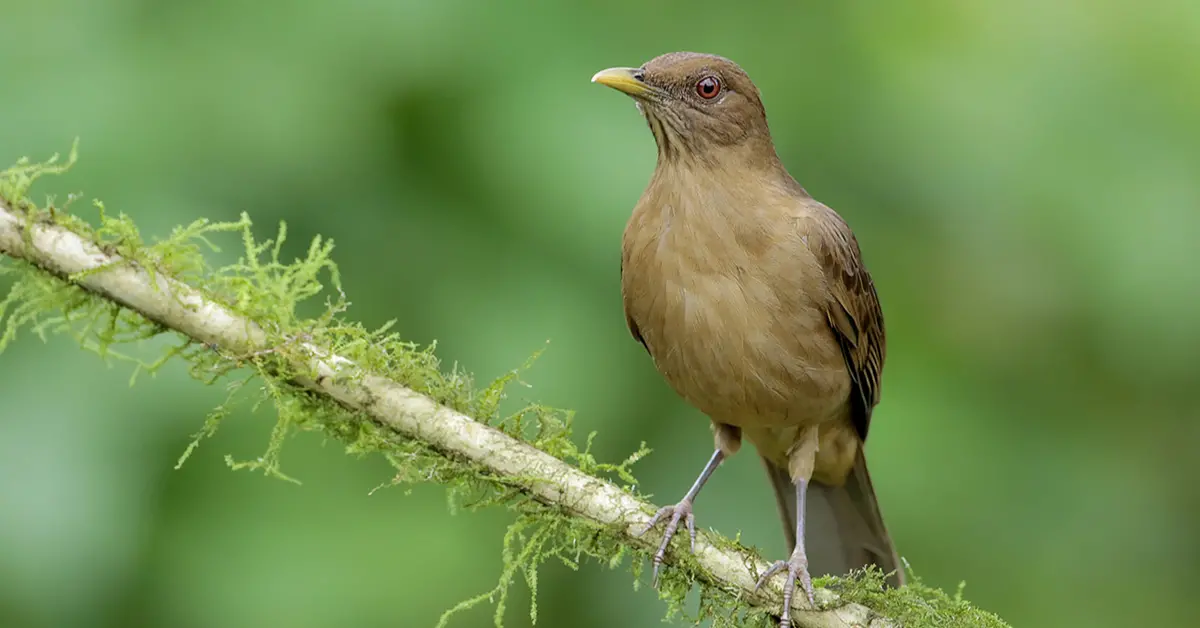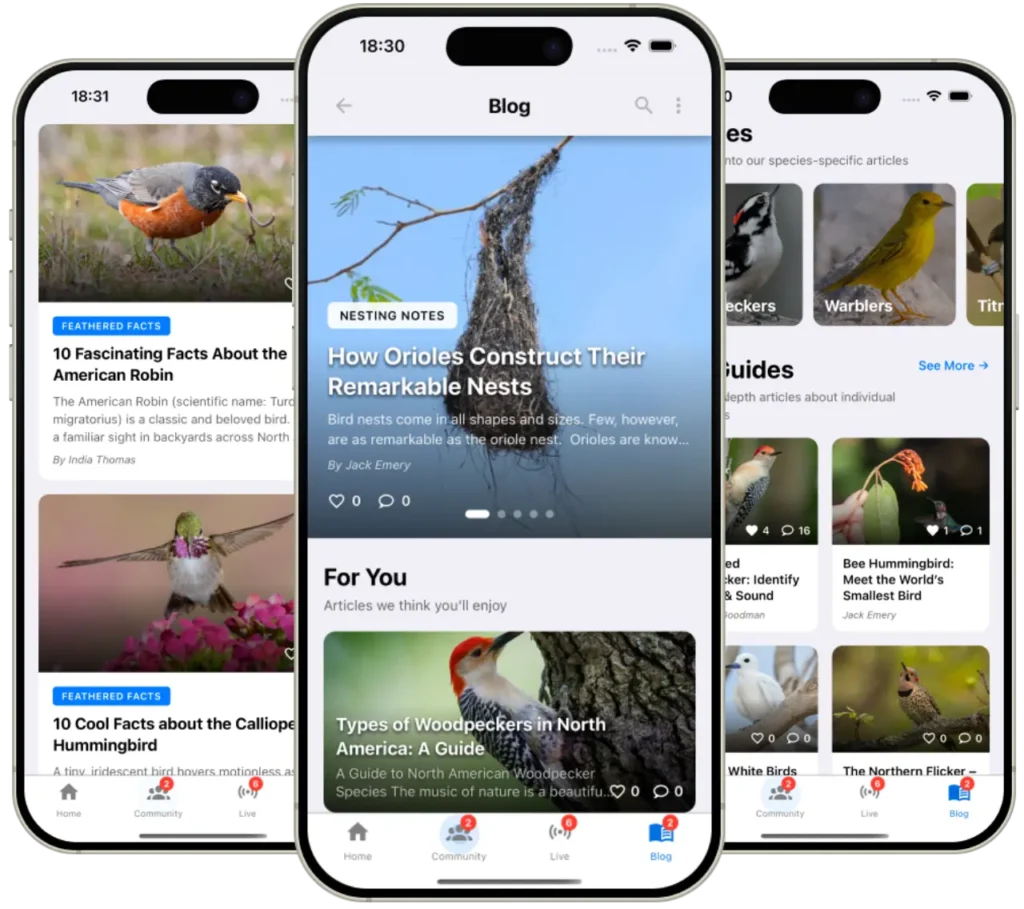Say the words pigeons, crows, or Canada geese in a city meeting and watch the room split. To some, these birds are resourceful urban survivors. To others, they’re crop wreckers, park foulers, airport hazards. Should governments step in with population control or culls, or should we lean on coexistence and non-lethal fixes? Let’s zoom out, weigh the evidence, and try to land this discussion without hitting any engines.
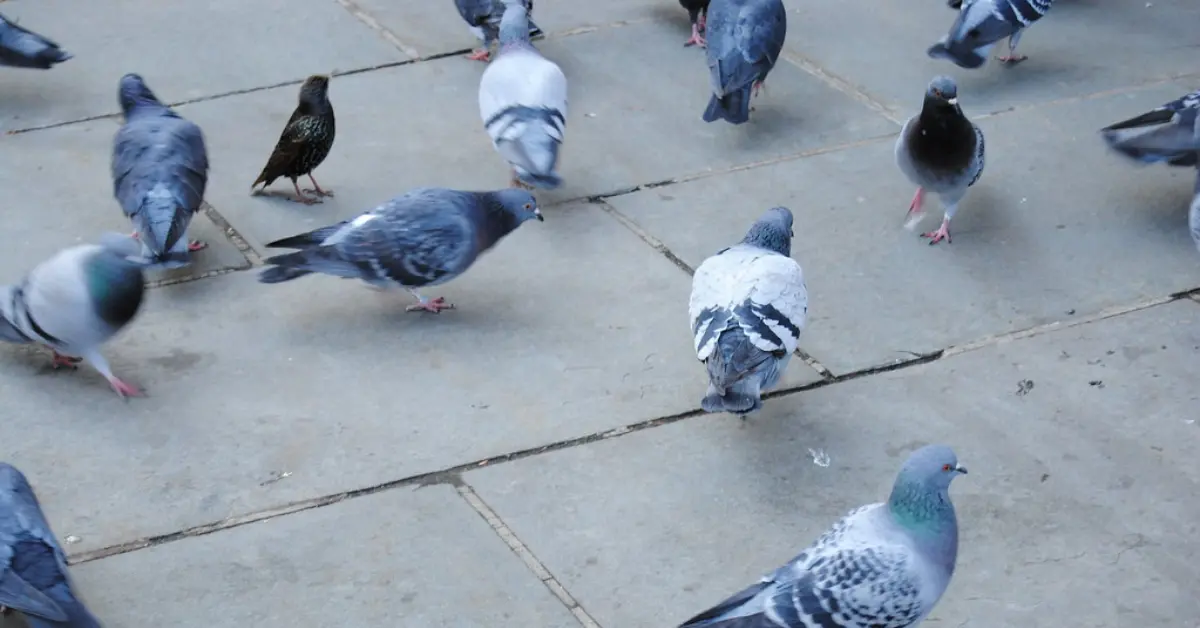
First principles: what the law actually says
In the U.S., most native birds are protected by the Migratory Bird Treaty Act (MBTA). You can’t kill or capture them without federal authorization. That includes crows and Canada geese. Rock Pigeons, European Starlings, and House Sparrows are exceptions because they’re non-native and not covered by the MBTA, though state and local rules still apply. U.S. Fish and Wildlife Service+1Federal Register
Canada geese have a special set of federal depredation and control orders. Agencies and registered landowners can oil or addle eggs, and in certain circumstances conduct roundups or lethal control to protect agriculture, public safety, or airports. These are spelled out in 50 CFR 21 subpart D and in the U.S. Fish and Wildlife Service’s resident goose registration system. Crows can be hunted in state-set seasons and, under specific orders or permits, lethally controlled to address damage or health risks. Legal Information InstituteU.S. Fish and Wildlife Service+1eCFR+1
The case for government control
Public safety at airports
After the 2009 “Miracle on the Hudson,” wildlife hazards at airports drew intense scrutiny. The USDA and cities have since used integrated programs near New York’s airports, including habitat modification and seasonal goose removals within a defined radius. Control orders specifically cover resident geese at airports and military airfields because bird strikes are a genuine risk. Even critics of culling often concede that aviation safety is a special case. USDANYC.goveCFR
Agriculture and parks
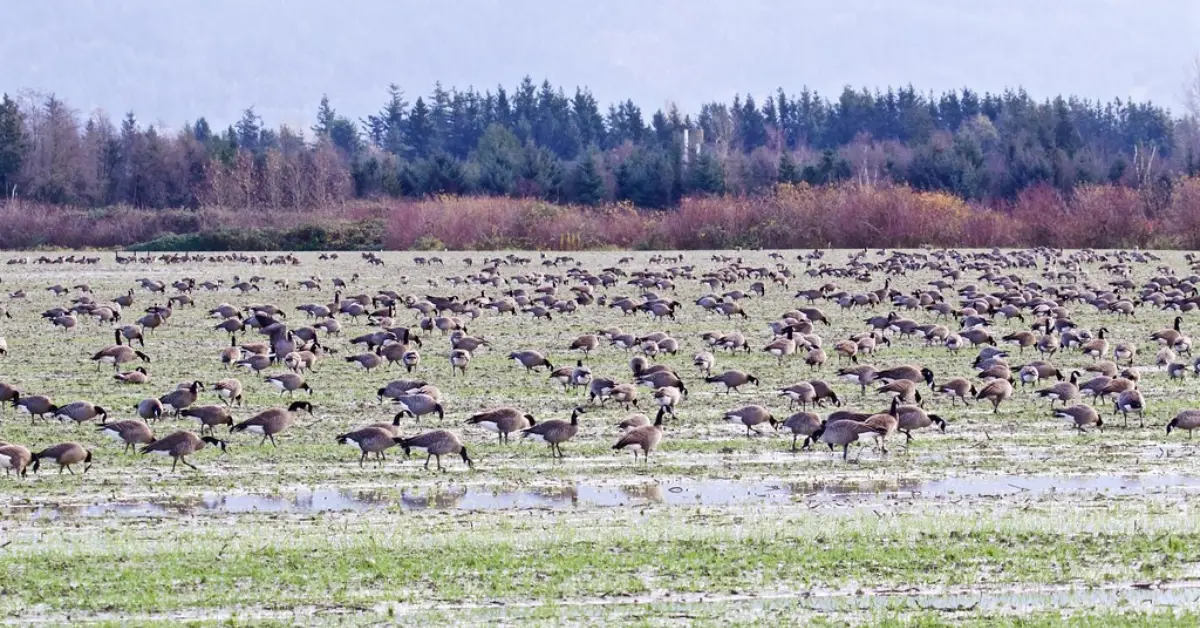
Large resident goose flocks can foul fields and athletic turf, degrade water quality, and damage crops. Federal depredation orders allow targeted actions when non-lethal tools aren’t enough. The intent is pragmatic: short-term lethal relief while longer-term measures are put in place. That sequencing is built into federal depredation permit guidance. eCFRU.S. Fish and Wildlife Service
When non-native species dominate
Because Rock Pigeons aren’t MBTA-protected, cities often deploy a full toolbox: exclusion, clean-up, improved waste management, and, increasingly, fertility control using EPA-registered nicarbazin bait (OvoControl). The public tends to view contraception as more humane than culling, and long-term programs can ratchet populations down when consistently managed. US EPAOvoControl®+1
The case against culling
Ethics and effectiveness
Culls can be emotionally charged and publicly messy. They also risk being a revolving door: remove birds without changing the habitat and the food, and new birds move in. That’s why federal policy stresses non-lethal methods first and frames lethal take as short-term relief while you fix underlying attractants. If a city skips the second part, it can end up paying for the same fight every summer. Legal Information InstituteU.S. Fish and Wildlife Service
Ecological roles and unintended consequences

Crows are ultra-smart omnivores with complex social lives. They scavenge waste and eat agricultural pests, and evidence that they drive broad songbird declines is mixed and context-dependent. Blunt reductions may miss the point if the real drivers are garbage access, open dumpsters, or roost trees over lit parking lots. Legal status matters here too: crows are MBTA-protected, so any lethal action outside set hunting seasons requires proper authority. eCFRwildlifecontroltraining.com
Public trust and social license
Nothing erodes a wildlife program faster than secrecy. Cities that announce a dawn roundup without prior engagement often face backlash and lawsuits. Transparent plans that publish the goals, methods, and humane standards fare better. Many communities now pair management with public education on feeding bans, trash control, and dog-on-leash rules near nesting areas.
What actually works: an integrated playbook
1) Fix the attractants first
- Food waste control: secure dumpsters, enforce feeding bans, redesign trash pickups.
- Habitat tweaks: replace goose-favored turf monocultures with taller native plantings along shorelines; reduce mow-to-the-water edges that act like goose runways. These changes make parks less attractive without fencing them off to people. eCFR
2) Non-lethal population tools
- Egg addling or oiling for geese: legal with USFWS registration in much of the U.S., plus any state rules. Done correctly, it humanely prevents hatching and reduces future flock growth. U.S. Fish and Wildlife ServiceHumane World for Animals
- Fertility control for pigeons: daily nicarbazin bait during the breeding season can steadily lower numbers when paired with sanitation. It’s EPA-registered and commonly used at large facilities. US EPA
- Hazing and roost management for crows: use of noise, lights, and pruning to make habitual roosts less attractive, combined with trash control. Lethal options need permits and should be the last step. U.S. Fish and Wildlife Service
3) When lethal control is justified
- Airports and immediate safety risks: focused, seasonal removals tied to flight paths and strike data, under federal control orders. Pair with habitat modification inside the airport fence. eCFR
- Documented depredation: farms or facilities can apply for depredation permits where non-lethal methods have failed. Record-keeping and compliance are mandatory. U.S. Fish and Wildlife Service

4) Monitor and adapt
Count birds before and after, publish the numbers, and be honest about costs. If a method isn’t bending the curve after a fair trial, switch. The most durable programs blend several tools and adjust seasonally.
A balanced verdict
Should governments ever control or cull overpopulated birds? Sometimes, yes. The law already recognizes cases where public safety and serious damage justify it, especially for resident Canada geese at airports and for non-native pigeons in chronic sanitation hotspots. But culling without prevention is a treadmill. The durable win is integrated management: remove the attractants, redesign the habitat, use fertility control or egg addling to slow the pipeline, and reserve lethal tools for the narrow circumstances where they are lawful, targeted, and clearly necessary. eCFRLegal Information InstituteOvoControl®
If you’re shaping policy in your community

Start with transparency
Publish the plan, goals, legal basis, and humane standards. Hold a Q&A before action, and report outcomes afterward.
Make non-lethal the default
Codify trash and feeding rules, budget for addling or contraception, and redesign a few high-conflict parks.
Use permits correctly
MBTA-protected species like crows and Canada geese require federal authority for lethal take outside specific frameworks. Non-native pigeons are not MBTA-protected, but local and state laws still apply. Coordinate with USFWS and state wildlife agencies rather than freelancing. U.S. Fish and Wildlife Service+1
Measure success in complaints reduced, not bodies removed
The public cares whether the field is playable and the path is clean. If numbers and nuisance both drop, you’ve nailed it.

